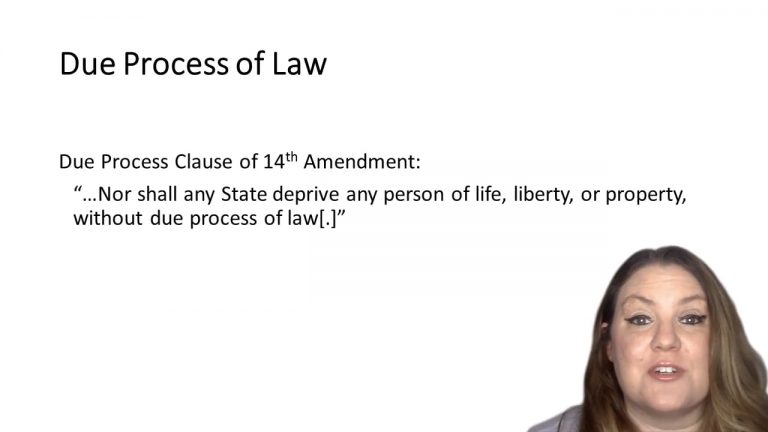SmartBrief
Confirm favorite deletion?
Criminal Procedure Keyed to Ohlin
Kyles v. Whitley
Citation:
514 U.S. 419 (1995)Facts
The record indicates that, at about 2:20 P.M. on Thursday, September 20, 1984, 60-year-old Dolores Dye left the Schwegmann Brothers’ store on Old Gentilly Road in New Orleans after doing some food shopping. As she put her grocery bags into the trunk of her red Ford LTD, a man accosted her and after a short struggle drew a revolver, fired into her left temple, and killed her. The gunman took Dye’s keys and drove away in the LTD. Several men were deemed as suspects by the police and the lead detective on the case, John Dillman, put together a photo lineup that included a photograph of Kyles and showed the array to five of the six eyewitnesses who had given statements. Three of them picked the photograph of Kyles; the other two could not confidently identify Kyles as Dye’s assailant. Kyles was indicted for first-degree murder. Before trial, his counsel filed a motion for disclosure by the State of any exculpatory or impeachment evidence. The prosecution responded that there was no exculpatory evidence of any nature, despite the government’s knowledge of the evidentiary items in dispute.
Only StudyBuddy Pro offers the complete Case Brief Anatomy*
Access the most important case brief elements for optimal case understanding.
*Case Brief Anatomy includes: Brief Prologue, Complete Case Brief, Brief Epilogue
- The Brief Prologue provides necessary case brief introductory information and includes:
Topic:
Identifies the topic of law and where this case fits within your course outline.Parties:
Identifies the cast of characters involved in the case.Procedural Posture & History:
Shares the case history with how lower courts have ruled on the matter.Case Key Terms, Acts, Doctrines, etc.:
A case specific Legal Term Dictionary.Case Doctrines, Acts, Statutes, Amendments and Treatises:
Identifies and Defines Legal Authority used in this case.
- The Case Brief is the complete case summarized and authored in the traditional Law School I.R.A.C. format. The Pro case brief includes:
Brief Facts:
A Synopsis of the Facts of the case.Rule of Law:
Identifies the Legal Principle the Court used in deciding the case.Facts:
What are the factual circumstances that gave rise to the civil or criminal case? What is the relationship of the Parties that are involved in the case.Issue(s):
Lists the Questions of Law that are raised by the Facts of the case.Holding:
Shares the Court's answer to the legal questions raised in the issue.Concurring / Dissenting Opinions:
Includes valuable concurring or dissenting opinions and their key points.Reasoning and Analysis:
Identifies the chain of argument(s) which led the judges to rule as they did.
- The Brief Prologue closes the case brief with important forward-looking discussion and includes:
Policy:
Identifies the Policy if any that has been established by the case.Court Direction:
Shares where the Court went from here for this case.

 2m 6s
2m 6s